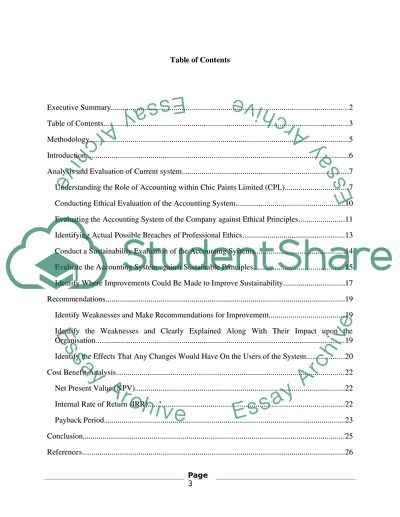Cite this document
(“Internal accounts and accouting systems-chic paints limited Assignment”, n.d.)
Retrieved from https://studentshare.org/finance-accounting/1652353-internal-accounts-and-accouting-systems-chic-paints-limited
Retrieved from https://studentshare.org/finance-accounting/1652353-internal-accounts-and-accouting-systems-chic-paints-limited
(Internal Accounts and Accouting Systems-Chic Paints Limited Assignment)
https://studentshare.org/finance-accounting/1652353-internal-accounts-and-accouting-systems-chic-paints-limited.
https://studentshare.org/finance-accounting/1652353-internal-accounts-and-accouting-systems-chic-paints-limited.
“Internal Accounts and Accouting Systems-Chic Paints Limited Assignment”, n.d. https://studentshare.org/finance-accounting/1652353-internal-accounts-and-accouting-systems-chic-paints-limited.


